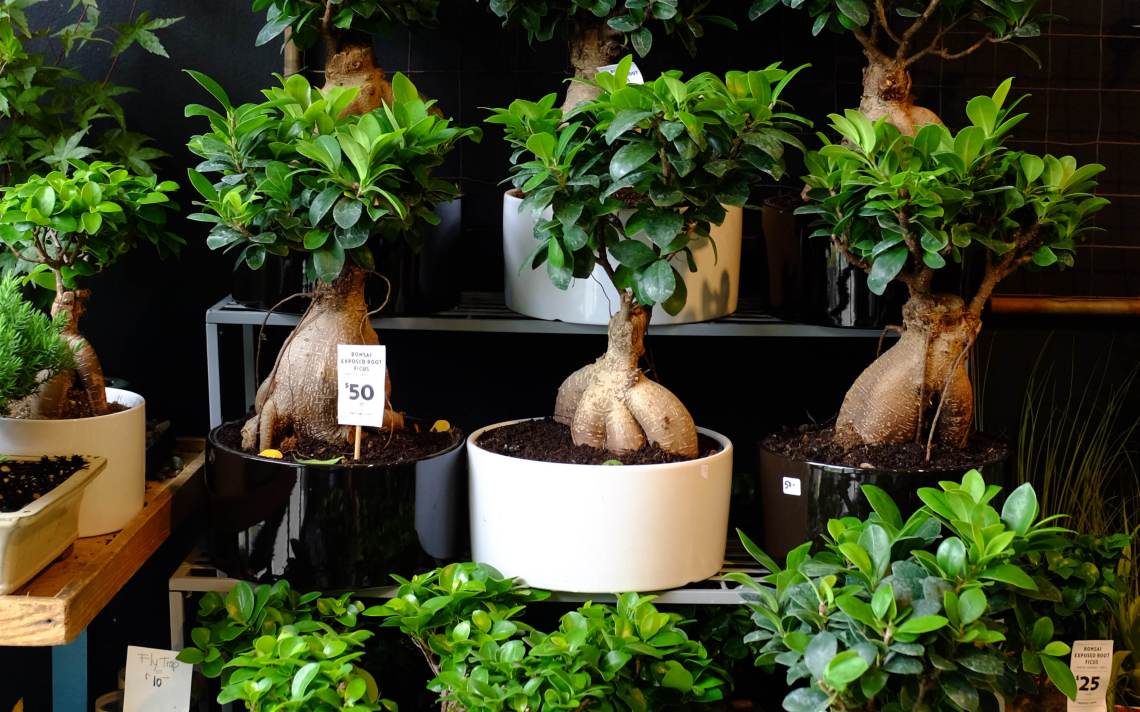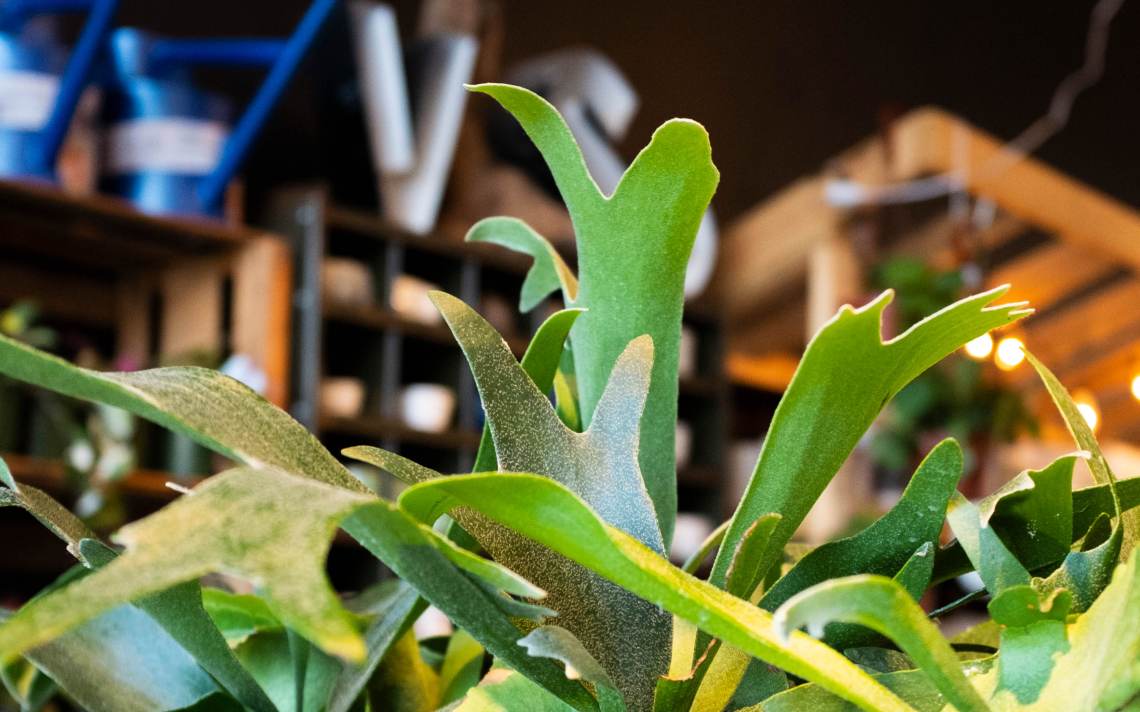You Asked for it: More plant tips! We’re excited to offer our new monthly column with our best tips to help you be the best plant parent you can be. This month: pruning.
We prune our houseplants for lots of different reasons,
Trimming away dead or dying leaves helps redirect the nutrients more effectively, and keeps them looking healthy. It also lets us shape our plants, manage the ones that are getting a little wild on us, and can help encourage new growth when we time it right. Here are the basics you’ll need to know before letting a blade touch your precious babies:
1. ALWAYS PRUNE JUDICIOUSLY!

It can be tempting to just go to town with a pair of pruning shears, but keep it to less than 25% of your plant’s foliage. New growth can take a while. Have you ever had to wait out a bad haircut?
2. TIME IT RIGHT

It’s always a good idea to trim away dead or dying leaves, but if you’re going to do a major overhaul to your plant, wait until just before the growing season- late winter/early spring here in Calgary. Light trimming can be done any time, and when you stay on top of pruning, it’s easier to keep your plants in tip-top shape.
3. USE THE RIGHT TOOLS

Keep them sharp to avoid crushing or bruising your plant- this can cause damage and make your plant more susceptible to bugs and disease.
4. TRIM AT THE RIGHT SPOT

If you’re trimming a healthy plant back, you’ll want to cut right above a leaf node on most tropical plants. If you’re pruning an entire branch, get as close to the main stem as possible. If you want to encourage full, bushy growth on a young plant, trim back the growing tips, right above a node as well.
5. PRUNING SUCCULENTS IS EASY!

Bottom leaves of succulents will eventually dry and fall off- this is a normal part of their life cycle so don’t panic! Be sure to get rid of dead, rotten, or dried leaves especially toward the bottom of the plant which will help prevent rot. To trim succulents that have gotten long and lanky, you can lob the top part off where the plant is at its fullest, let the stem cauterize for a couple of days, then stick is straight back into the soil. Leftover leaves and stems may eventually produce new growth, leaving you with a cute new succulent baby! But we’ll save our propogation tips for another day.
These are just the basics there is so much more to pruning that you plant nerds out there might want to know! If that’s the case, go ahead and do your own research. A well-informed plant parent is a good plant parent!
until next time,
HAPPY PLANTING!

